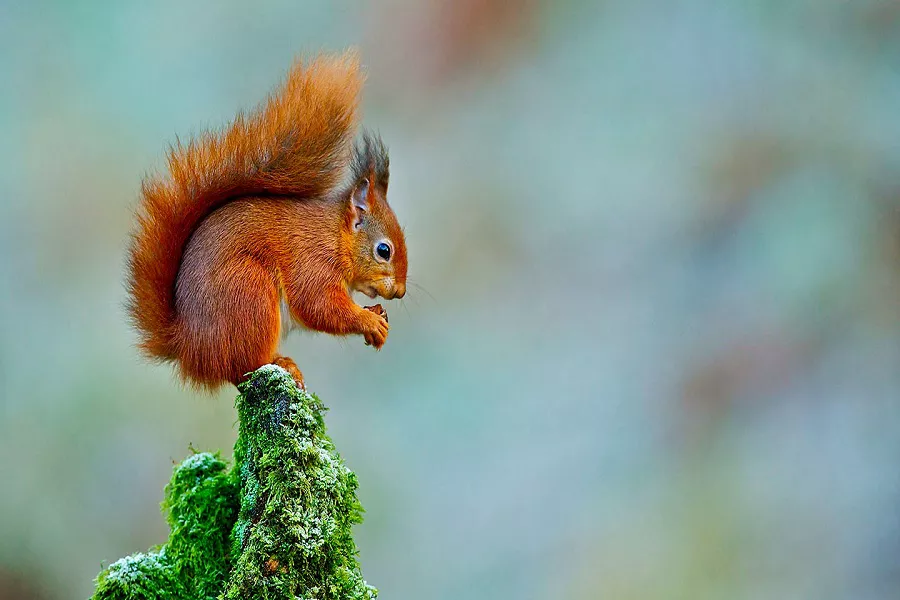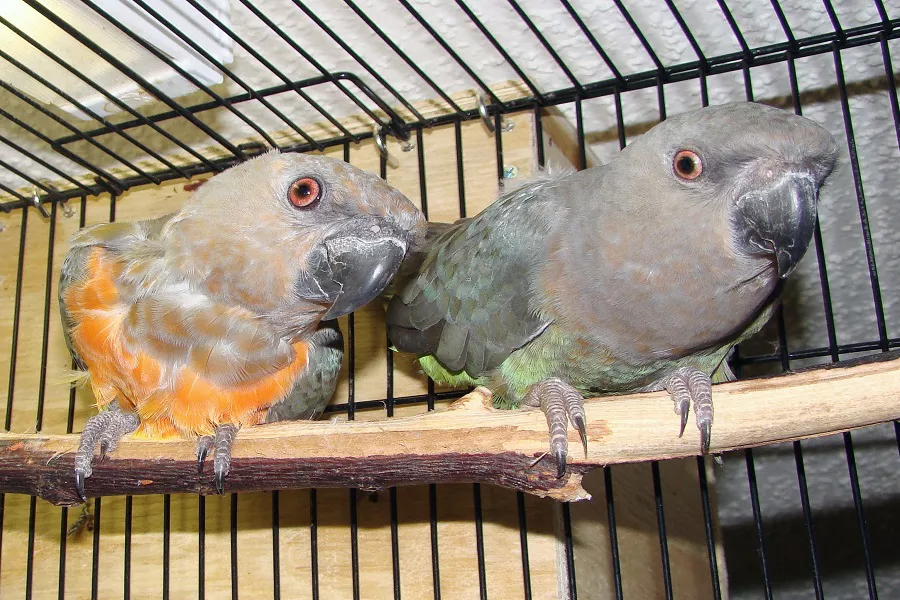What is red squirrel?
Red squirrel (scientific name: Sciurus vulgaris): The head is 20-22 cm long, the tail is 18 cm long, and the weight is 280-350 grams. Males and females weigh about the same. The molars (including premolars) are 5/4 on each side of the jaw, there are 5 upper molars, and there are no skin wings between the front and rear limbs. Do not hibernate. Depending on the season and location, the fur on the body varies in color, ranging from reddish, brown, red to black on the head and back, and white or cream on the chest and abdomen.
What does a red squirrel look like?
The Eurasian red squirrel has a head length of 20-22 cm, a tail length of 18 cm, and a weight of 280-350 grams. Males and females weigh roughly the same, and there is no bisexuality. Eurasian red squirrels’ long tails help them balance, especially when jumping from tree to tree and running fast on branches. Rolling over the body while sleeping also acts as a thermal insulation.
Their coats vary in color depending on the season and location, and in the Palaearctic this species has more variation in coat color than any other mammal. These squirrels range in color from reddish, brown, red to black on their heads and backs, and some individuals are even completely blackened. In the UK, red fur is most common, while in other parts of Eurasia, different-colored fur breeds are simultaneously exist. The fur on the chest and abdomen of all Eurasian red squirrels is white or cream.
They change their fur seasonally twice a year, with a thinner coat in summer and a darker and heavier coat in winter. More specifically, this species develops distinct ear feathers on the ears from August to November each year, with a tuft of long, thick black hairs on the ends of the ears. This change is their unique feature. Coupled with a bright red fur, ordinary people can also distinguish them from similar species such as gray squirrels and North American red squirrels. Like other squirrels, they have sharp, curved claws that allow them to climb on branches that hang in the air.
The top of the skull is convex, the nasal bone to the middle of the frontal bone is almost straight; the retro-orbital burst is elongated and curved downward. The posterior end of the nasal bone is slightly beyond the posterior end of the premaxilla, or almost at the same level. The incisor holes are short and remote from the anterior edge of the upper premolars. The middle cusp of the posterior border of the palatine bone; the lateral sides of the left and right buccal dentition are arc-shaped. 4 pairs of nipples.
red squirrel living habits
Eurasian red squirrels generally do not have a specific range, and it is common to share living spaces with other red squirrels. Camp arboreal life, day activities. It is lively and good at vertical jumping. It can jump from one tree to another tree 4-5 meters away. The active time of the day is mainly in the morning and afternoon to evening. At noon, they hide in their nests to avoid the hot noon weather and the hunting of raptors. In winter, it has a variable habit: if it needs to collect food, it will stay outdoors for a longer time, and if the weather is bad, it will not leave the nest all day. However, at certain times, such as non-breeding seasons and especially during severe winters, they will also gather in nests to keep each other warm. Hierarchies are formed when living in groups, and there are gender differences. Leading individuals are not necessarily males, but tend to be larger and older; if led by a male, it is often found to have a significantly larger active range than other subordinate squirrels.
red squirrel rearing
The Eurasian red squirrel is a species of the squirrel family, a tree-dwelling omnivorous rodent that is very common in Eurasia and other places. Nonetheless, their numbers have been declining in the UK, mainly because the grey squirrel, an invasive species, is more adaptable and foraging.
Many Eurasian red squirrels are hunted for their beautiful fur. In Europe, therefore, the Eurasian red squirrel is a protected species. It is listed as a protected species in Annex III of the European Convention on the Conservation of Wildlife and Natural Habitat signed by Bern, and is listed as a least endangered species in the IUCN Red List. They are still hunted for their beautiful fur in some areas where they are abundant. While the survival of the Eurasian red squirrel has not been greatly challenged, its numbers in the UK have dwindled considerably. Compared to grey squirrels, which have 2 million in the UK, there are fewer than 140,000 native squirrels, 85% of which are in Scotland.


























